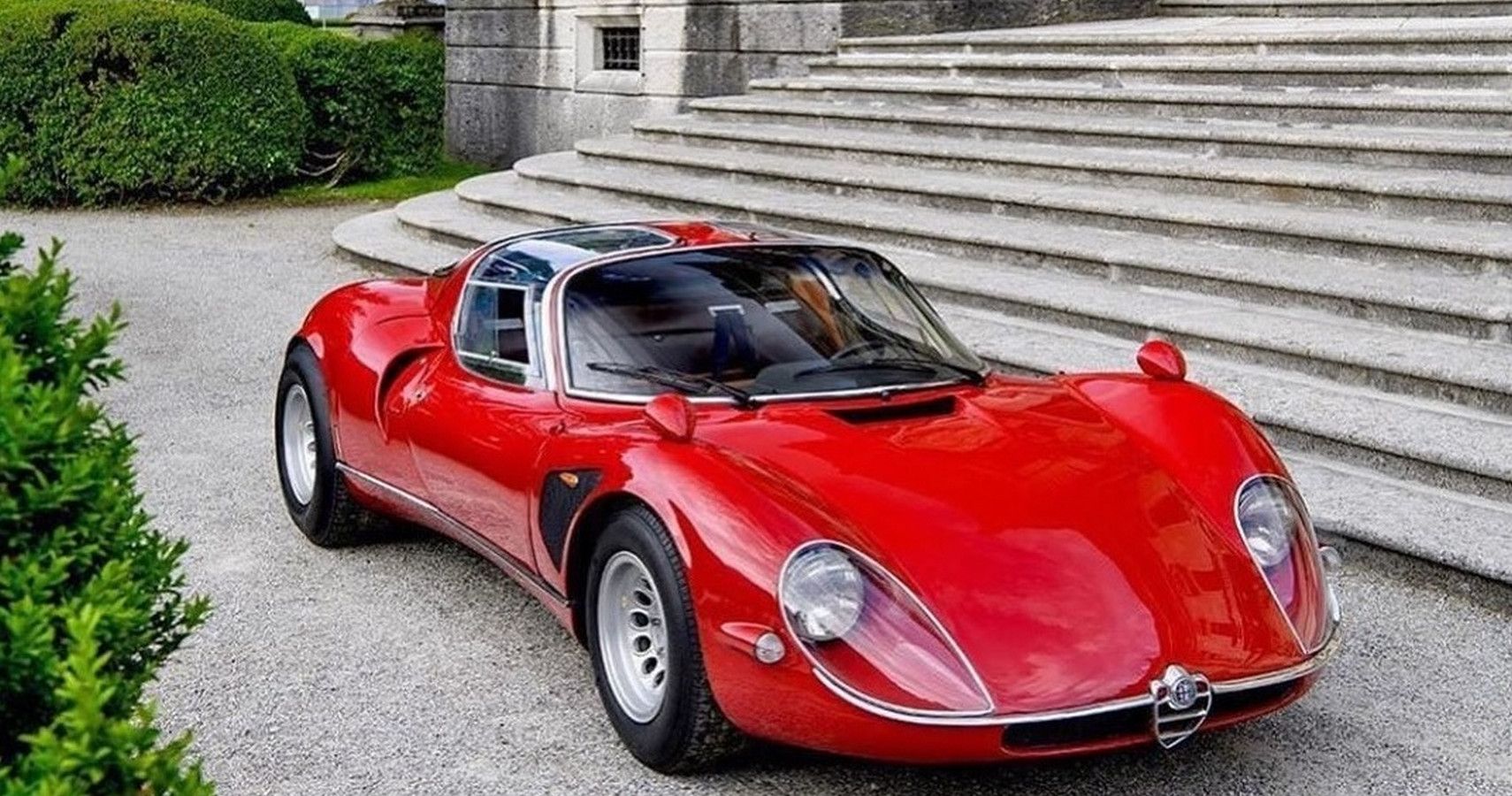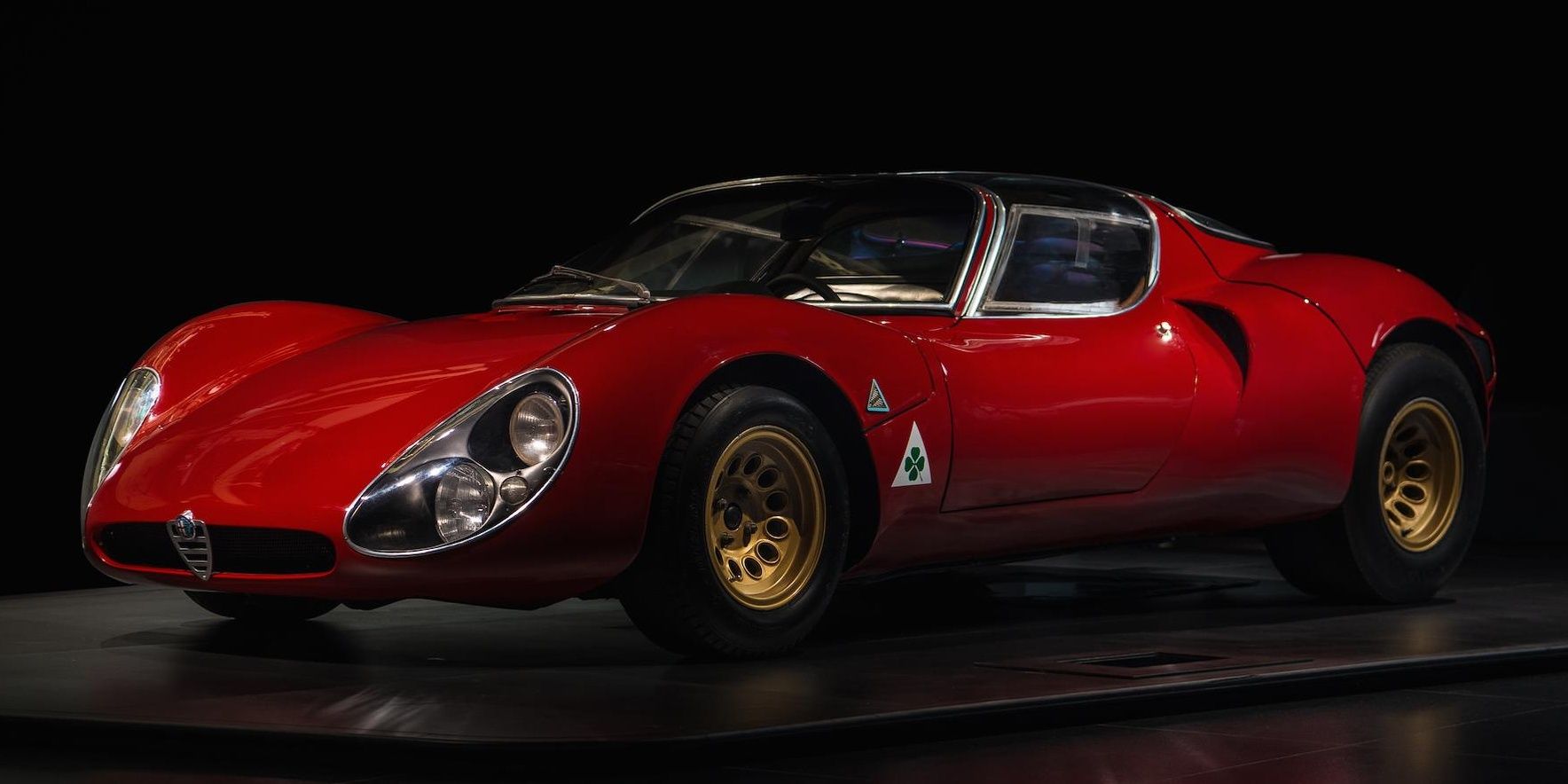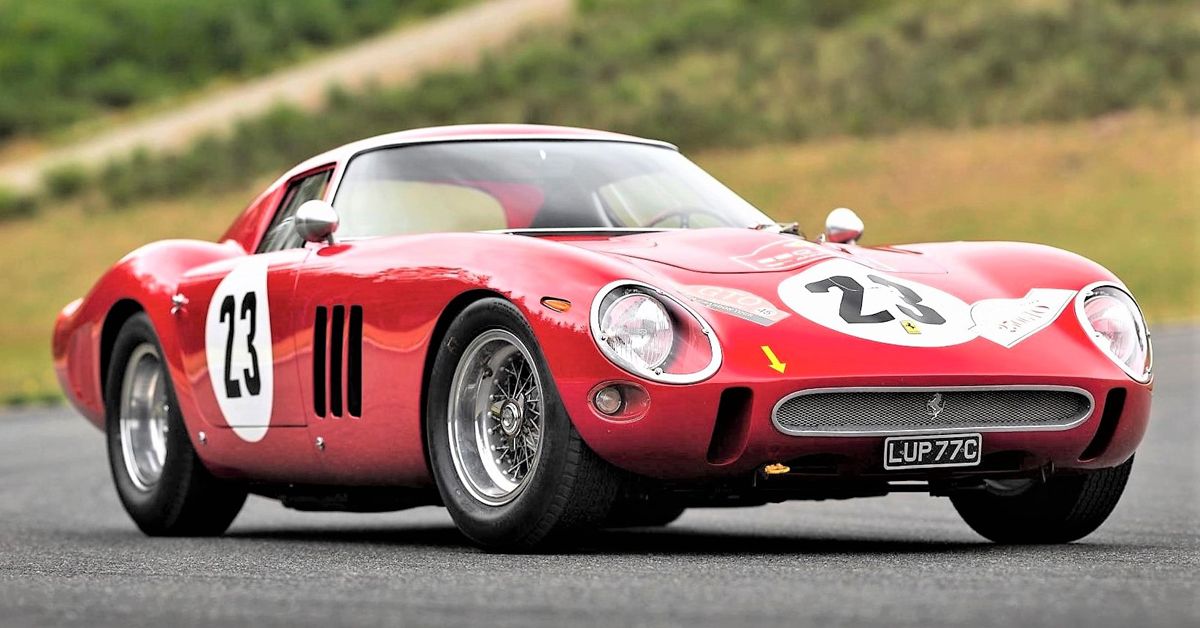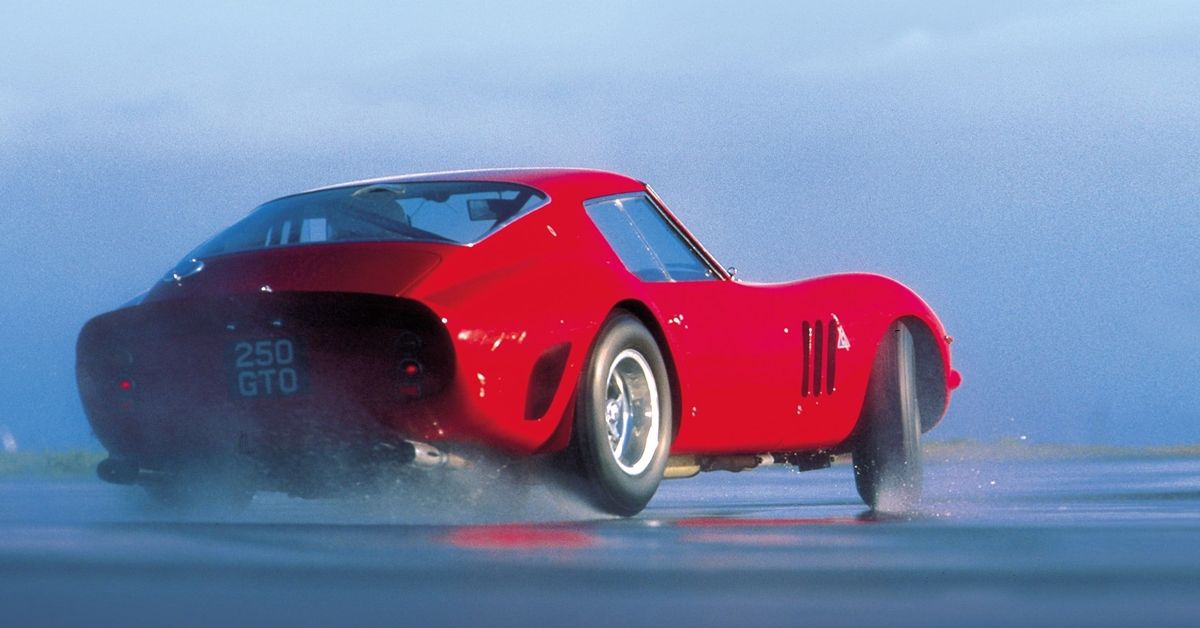Italy is home to some of the world's most flamboyant carmakers, such as Ferrari and Lamborghini. However, the country's automakers they're not just obsessed with speed and an unaffordable price tag; they also sculpt masterpieces meant to be observed and appreciated.Let's take the Japanese-built Mazda Miata; it's reliable, good-looking, and super fun to drive, even if it might lack some punch. Now, many gearheads argue that a Miata is the perfect sports car for someone who wants a great driver experience, and while that might be true, Italian sports cars have an extra pinch of personality thrown into the equation. And for that reason alone, there are buyers who'd rather choose an Abarth 124 Spider over a Miata, although they're exactly the same car underneath.Italian car brands haven't only started making exceptional automobiles in the last few years, they've been around as long as the car industry itself. So, here are some of Italy's finest from the '60s.
10 1967 Lancia Fulvia Coupe
Before Lancia gave birth to the extraordinary Delta Integrale, the Fulvia Coupe was their pride and joy. It was just as beautiful as you'd imagine, but less capable performance-wise, unfortunately.
Underneath the Fulvia HF's hood was a 1.2-liter V4 engine that spurted out less than 90 hp, but all its power was sent to the front wheels, so sliding sideways was virtually impossible. Nonetheless, the Fulvia was a magnificent sports car, and its 11-second 0-60 time did not feel nearly as slow as it might have appeared on paper.
9 1966 Fiat 124 Spider
Fiat is a brand we all know and love, we also usually associate them with small fun little commuter cars like the 500, but they've made some fun little roadsters too like the 124 Spider. In 1966, they released the 124, and the Spider was designed by the one-and-only Pininfarina while the coupe 124 was designed and built by Fiat themselves.
Much like other lightweight roadsters of the time, the 124 received a puny 1.4-liter four-banger that only produced 89 hp, but this was more than sufficient to allow the tail to slip a little and slap a silly smile on your face. The classic Fiat 124 is definitely much different from its modern revival...
8 1968 Abarth 595 Esseesse
We just mentioned the Fiat 500, and here we are - a hot version thereof called the 595 Esseesse, and it was built by Abarth. Abarth is a tuning company that specializes in taking Fiat-built models and spicing them up with various tweaks and power upgrades. Despite what that scorpion badge may lead you to think, the 595 wasn't as quick as you'd hope.
Its 700cc 2-cylinder motor only produced 37bhp, but Abarth really did some magic and miraculously made it possible to traverse up to speeds of 87 mph. There were only 1,000 Esseesee models were ever built, but as time progressed, that number decreased drastically. It's estimated that only 150 models remain alive to this day.
7 1967 Alfa Romeo 1750 GT Veloce
When everyone says the Alfa Romeo brand oozes passion and pure style, this is what they're talking about; the 1750 GT Veloce, also known as the GTV. It was gorgeous, its proportions so perfect your math teacher would be jealous, and it drove like an actual living being. The GTV was equipped with a 1.8-liter naturally-aspirated four-cylinder engine that only put out around 120 hp.
That number might seem rather disappointing, but in comparison to alternatives, as well as its sub-2,200 lbs curb weight, and that all its power was sent to the rear wheels, it became a game-changer and deemed the driving experience so much more rewarding than anyone expected it to be.
6 1968 Ferrari 365 GTB/4 Daytona
When the Ferrari 365 was released in 1968 it was the world's fastest road-going production car as it set a top speed of an astonishing 174 mph. This was due to its front-mounted 353 hp 4.4-liter V12, as well as its aerodynamic body shape.
See, the 365 GTB/4 wasn't destined to snap your neck when pulling away, its main purpose was top speed without sacrificing any luxuries like leather seats or a well-built cabin. The Daytona isn't something that modern-day Ferrari purists are used to, but that's exactly why it still has its cool factor after all the years.
5 1969 Maserati Ghibli Spyder
Just as different as the Daytona is from what Ferrari offers today, the Ghibli Spyder is to what Maserati's current line-up consists of, and we're not referring to the newly announced all-electric compact SUV called the Grecale.
In today's day and age, the Ghibli is a four-door performance-orientated luxury sedan, but back in the '60s it was the name given to Maserati's gorgeous touring car, and the Spyder was its convertible configuration. The Ghibli Spyder was released with a 4.7-liter V8 mounted under the hood that produced 306 hp and could keep working until the speedometer needle reached the 150 mph mark.
4 1968 De Tomasa Mangusta
You'll see, many of these Italian sports cars made use of a similar design language; curvaceous side profile with a sharp front end, and the De Tomasa Mangusta is no exception. De Tomasa was an Italian supercar manufacturer who specialized in creating stellar-looking overpowered luxury touring cars, and the Mangusta was the predecessor to the bonkers Pantera.
Its 306 hp Ford V8 engine was stowed away right behind the driver's head and could be viewed by folding up two separate panels resembling the door on a Mercedes-Benz 300SL Gullwing. It came equipped with disc brakes, independent suspension, an air conditioner, and power windows which were revolutionary for the time.
3 Lamborghini Miura S
The Miura is often overlooked because Lamborghini wasn't as prominent of a supercar manufacturer as Ferrari was at the time, but the Miura S was just as good, if not better than Ferraris, and other supercars at the time.
The Miura S was received all its go from a 3.9-liter V12 which was also found in the 400GT, and in the S model it shot out 365 hp which allowed it to reach 60 mph from a standstill in 6.3 seconds. Despite being more powerful, it wasn't as fast as the 33 Stradale, and for that sole reason, we're listing it just behind the Alfa supercar.
2 1969 Alfa Romeo 33 Stradale
The 33 Stradale was Alfa's first supercar, and the inspiration behind their next supercar, the 8C Competizione. Only 18 of them were ever produced, and each one had a 2.0-liter V8 strapped in the middle of its body.
All 230 horsepower and 152 lb-ft of torque were conducted through a six-speed manual transmission, and because its curb weight was 1,550 lbs, it was ferociously fast. 0-60 took place in less than 6 seconds, if your right foot was heavy enough, and your nerves were made of steel, you could keep the engine roaring until you surpassed the 160 mph benchmark.
1 1962 Ferrari 250 GTO
The 250 GTO is always described in the superlative form: The most expensive, the best looking, and the greatest vintage Ferrari of them all. The 250 was never designed with the purpose of being mass-produced (it was a homologation special after all), therefore only 36 were ever made, and every single one was destined for greatness.
Back in 1962, you had to put down $18,000 to buy one of these, and that was only if Enzo Ferrari himself considered you worthy of it, of course. This Ferrari was powered by a 3.0-liter V12 engine which produced nearly 300 hp, ranking it one of the most powerful entries on our list as well.

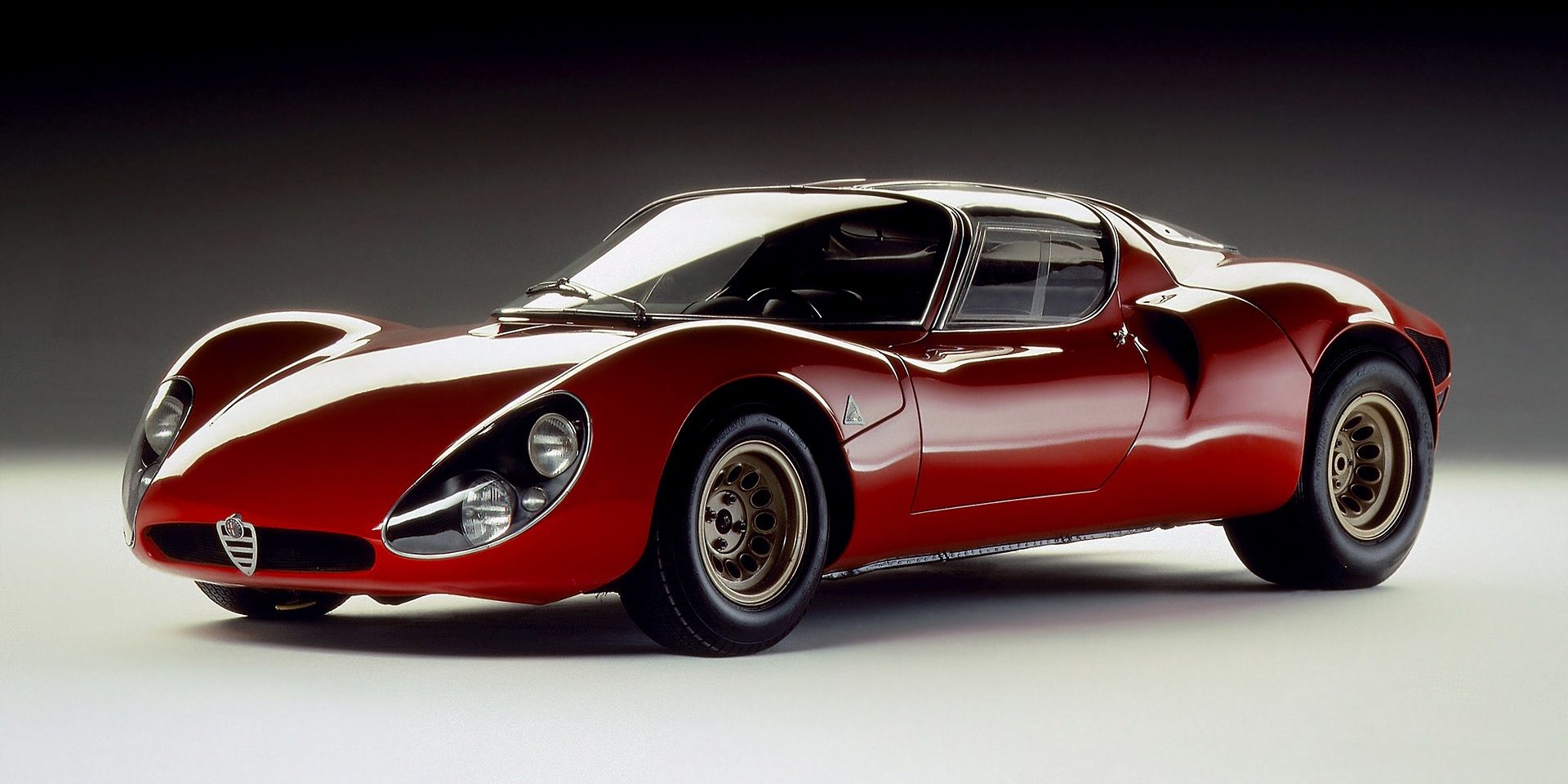
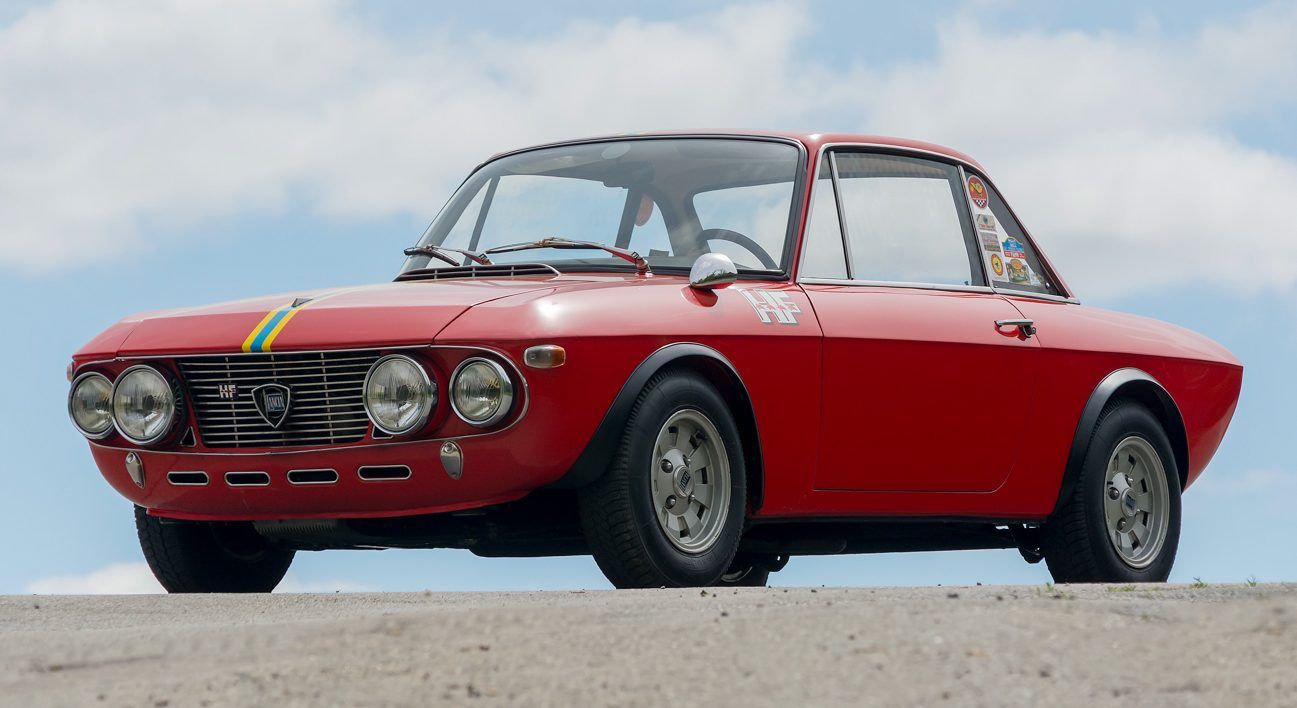
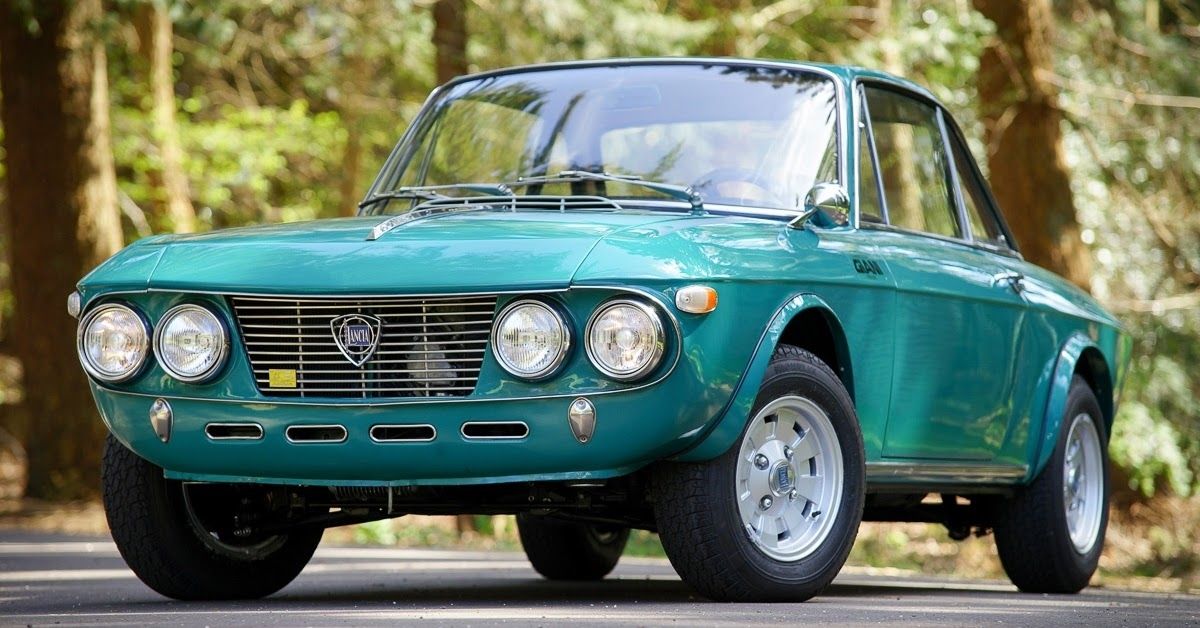

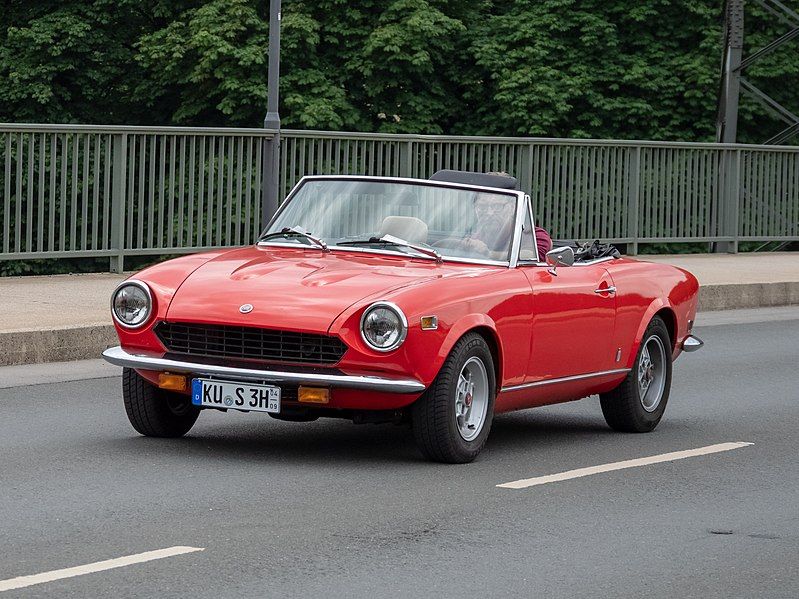
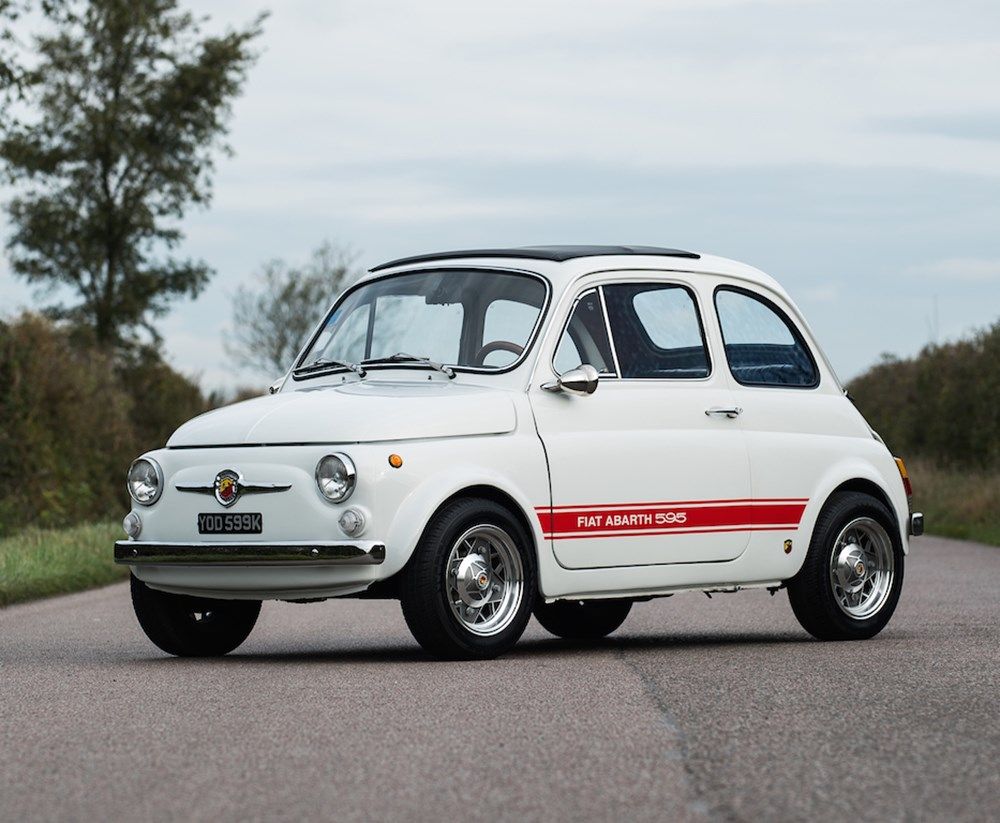
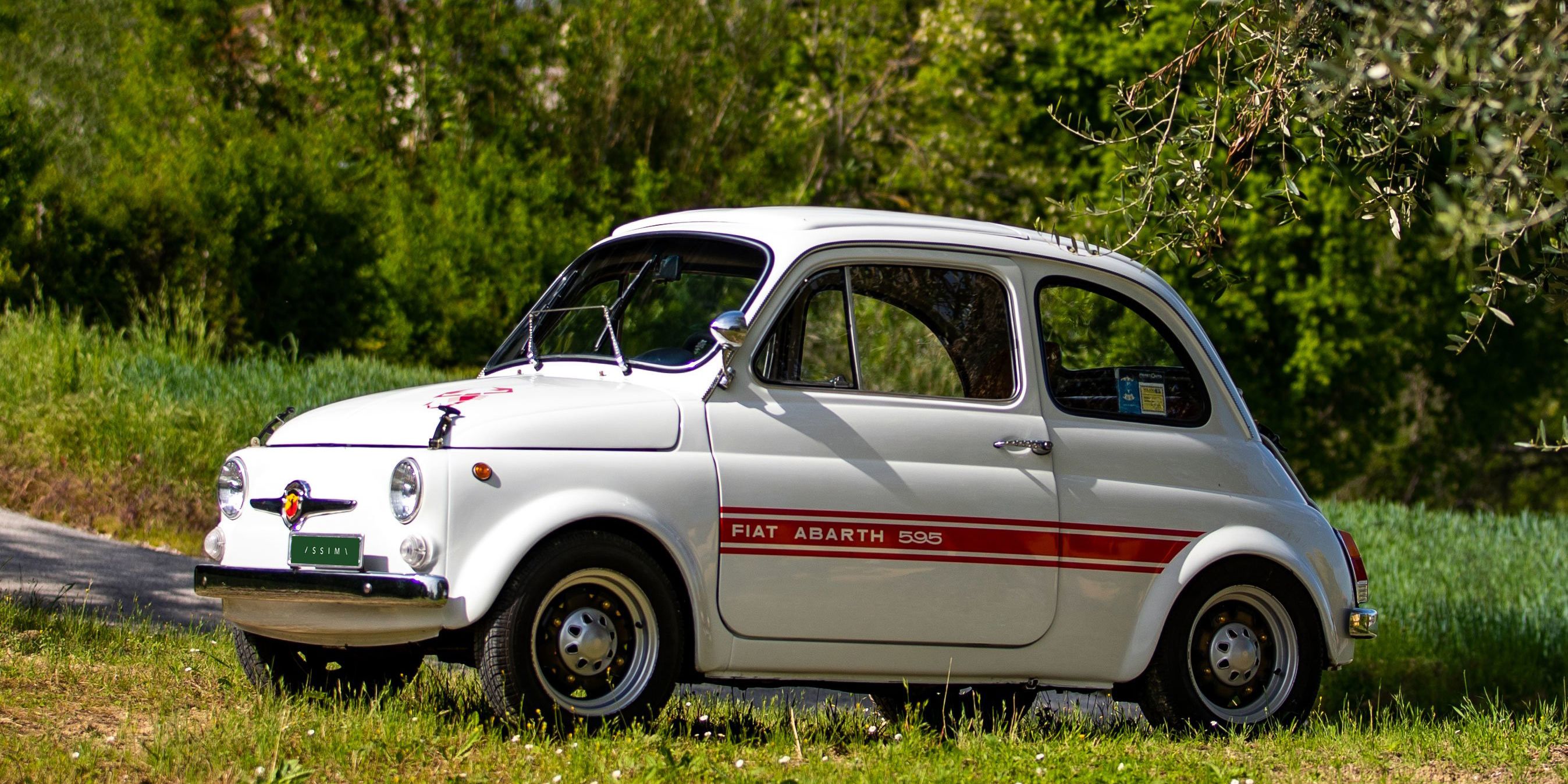
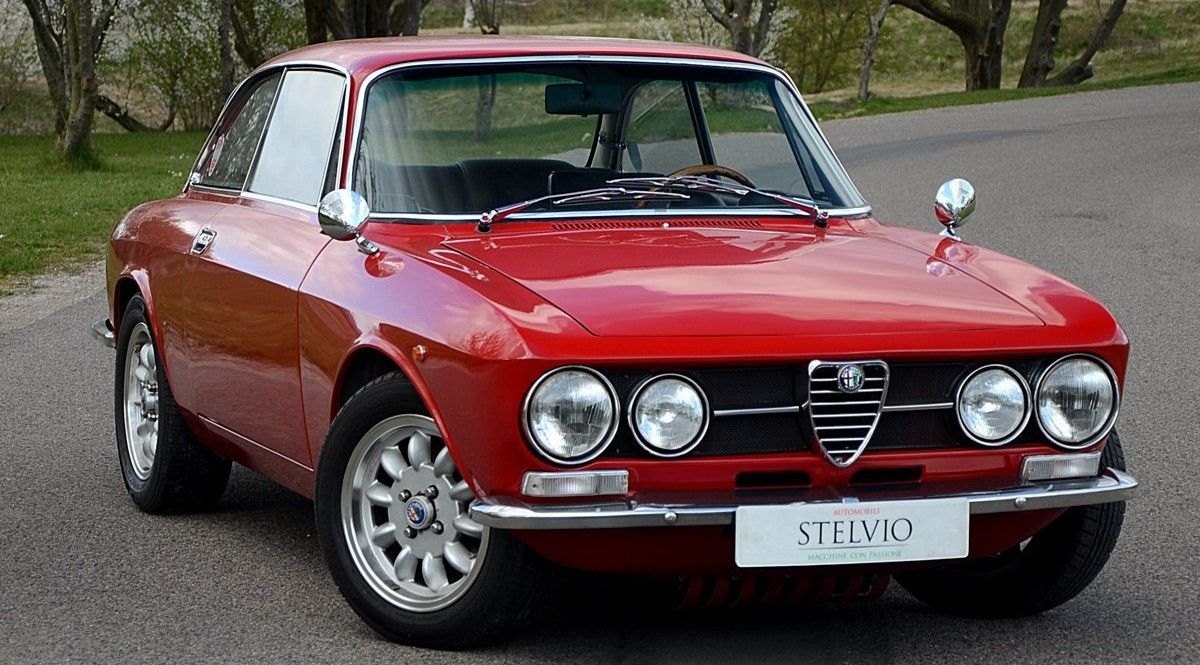
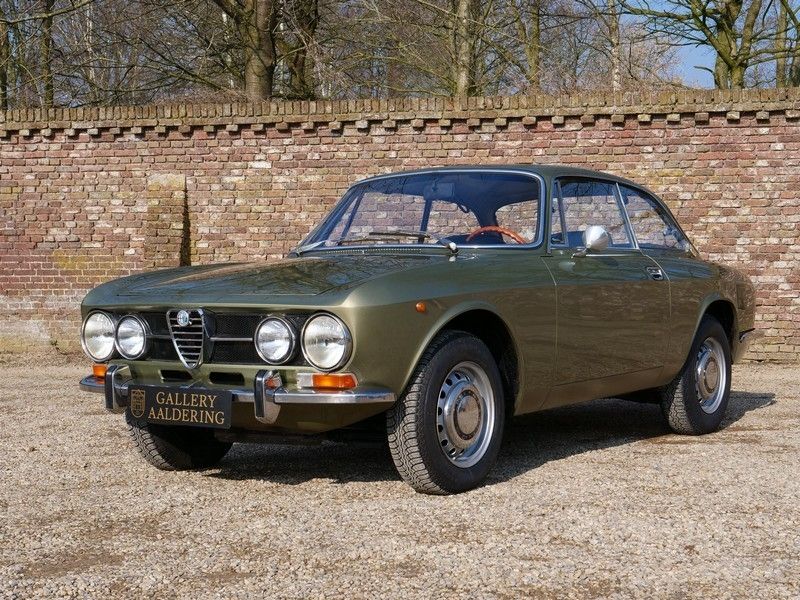
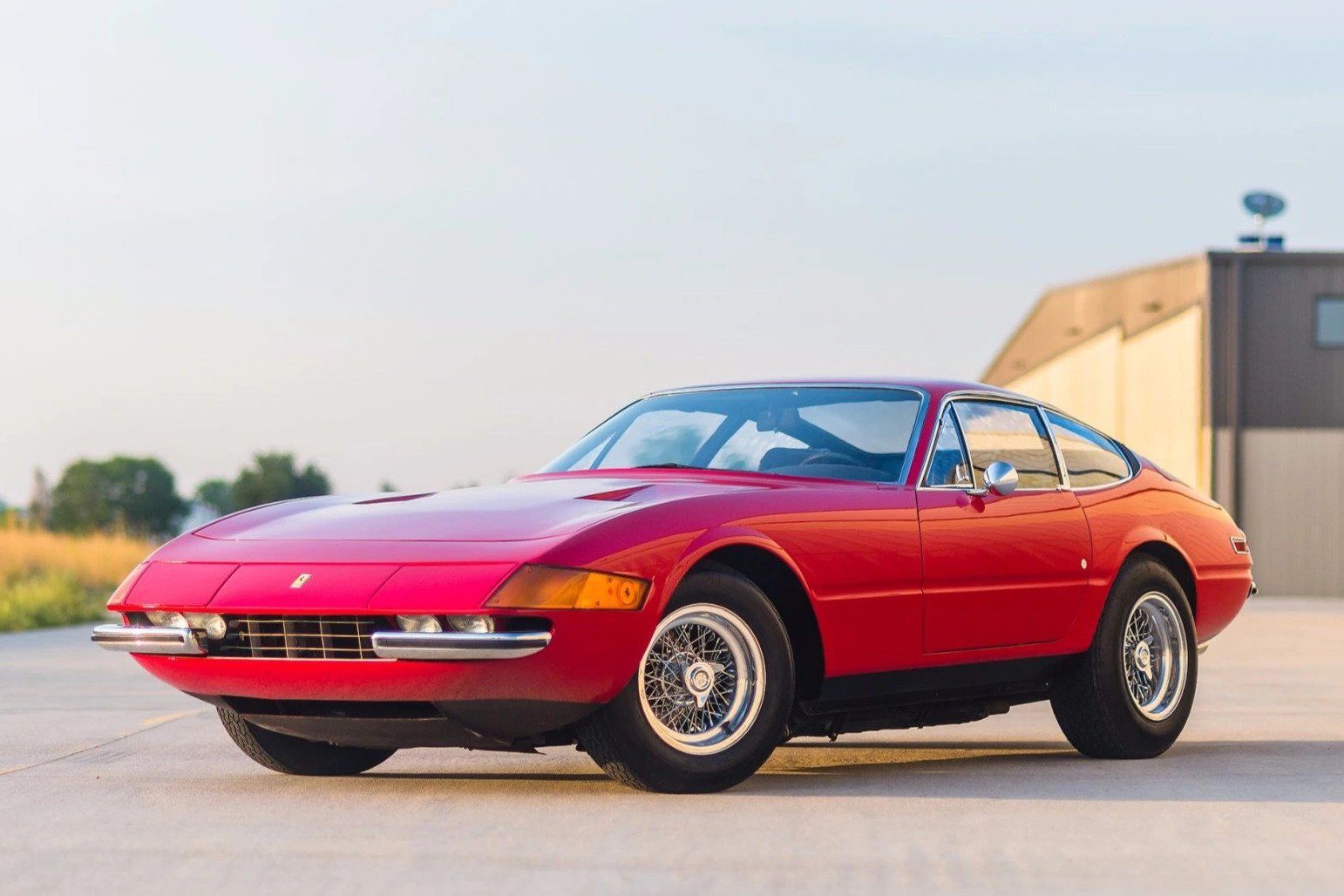
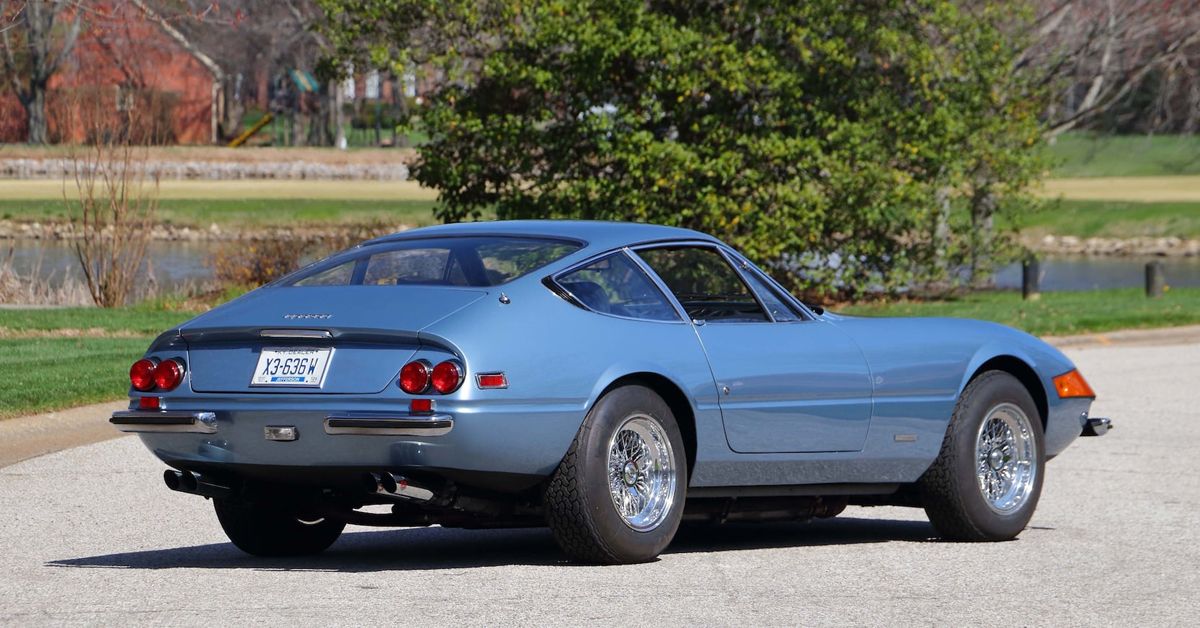

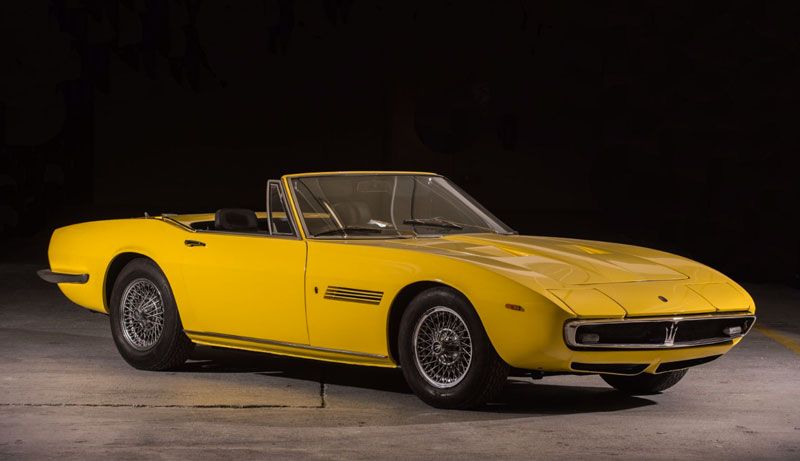
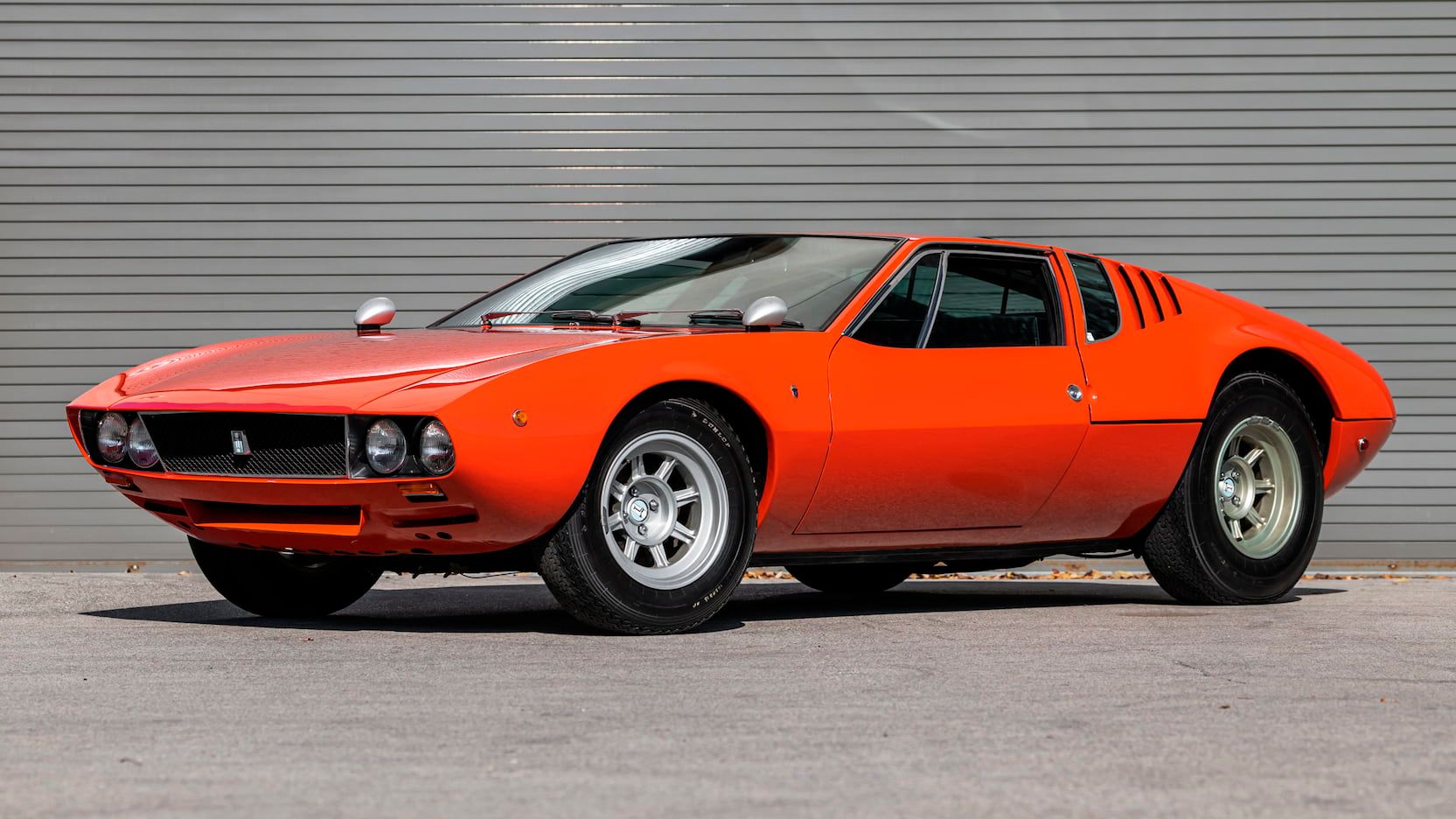
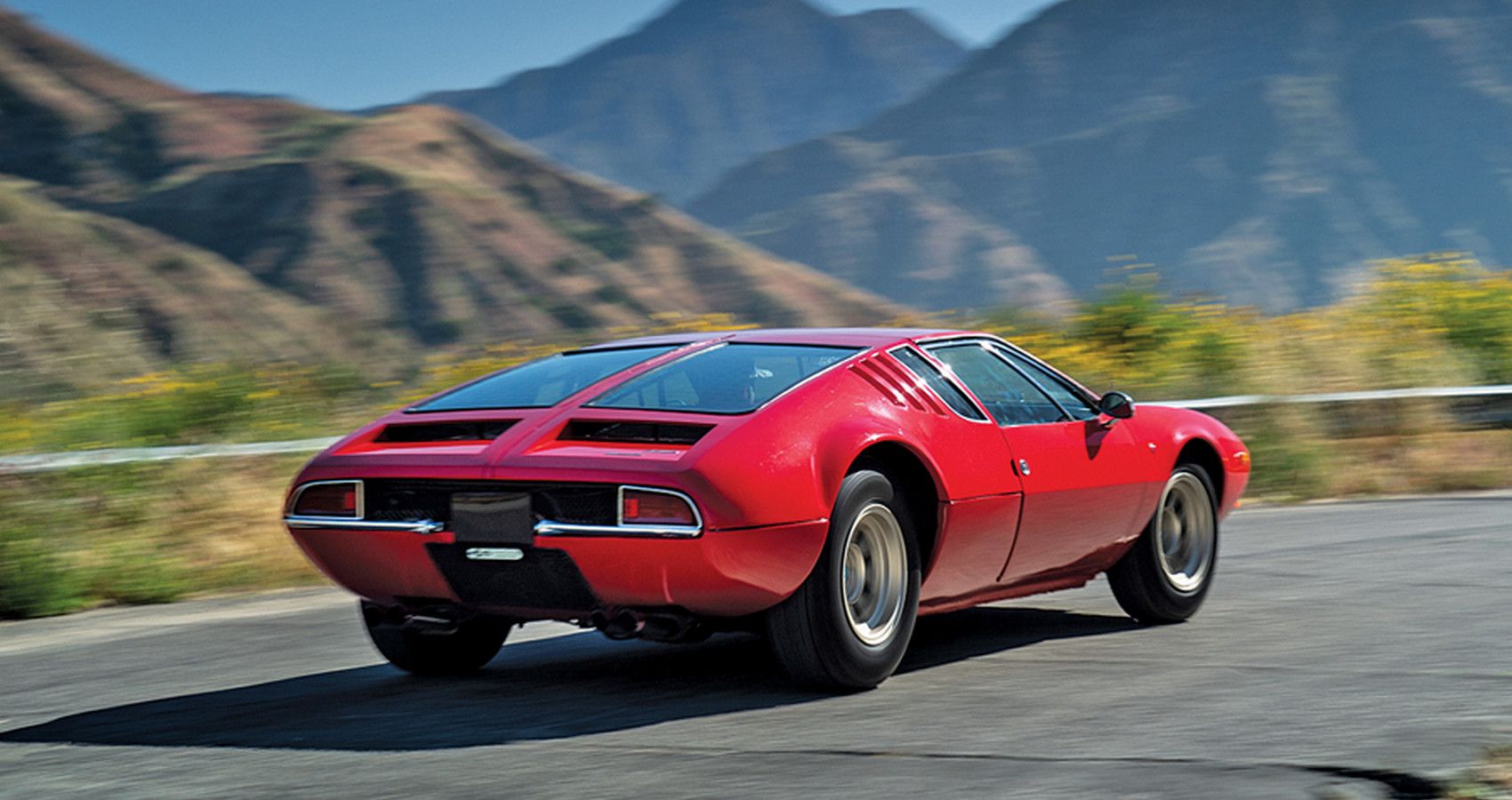
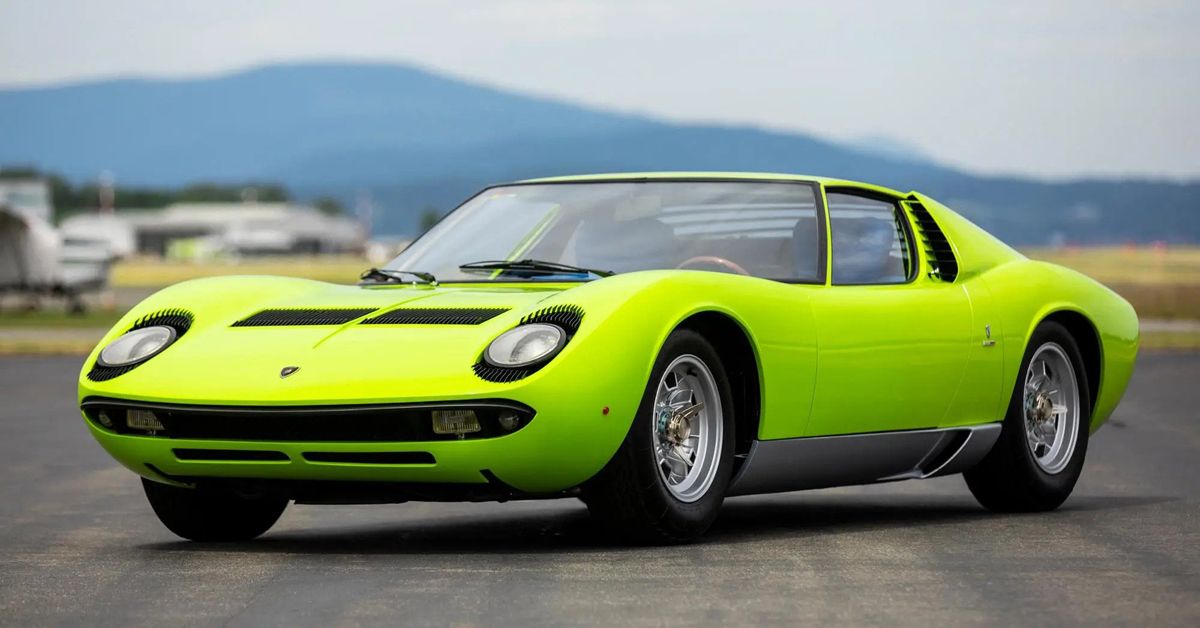
.jpg)
